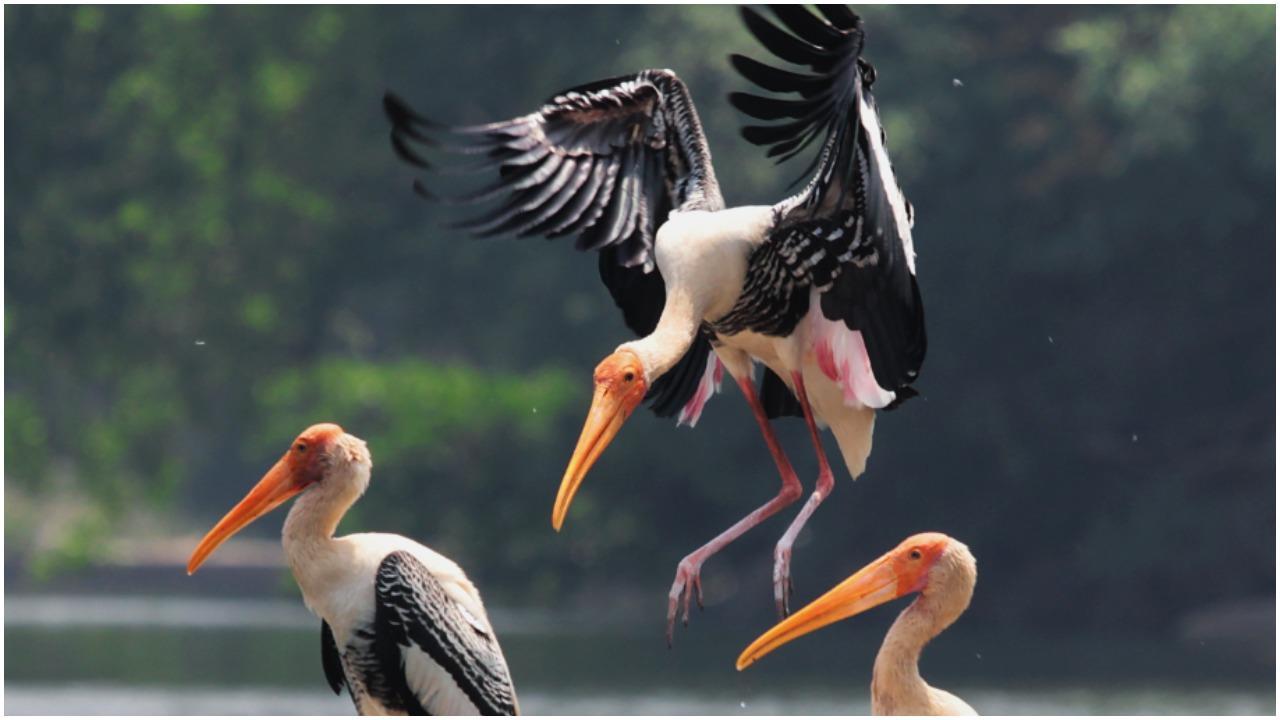Home / Lifestyle / Nature & Wildlife / Article /
World Migratory Bird Day: Light pollution or lit skies threaten birds globally
Updated On: 14 May, 2022 11:21 AM IST | Bonn | IANS
On the eve of the World Migratory Bird Day 2022, light pollution and its impact on migratory birds is a focus with a global campaign that aims to raise awareness about migratory birds and the need for international cooperation to conserve them

Representational photo/istock
On the eve of the World Migratory Bird Day 2022, light pollution and its impact on migratory birds is a focus with a global campaign that aims to raise awareness about migratory birds and the need for international cooperation to conserve them.
Activities to mark the day will be held globally under the theme `Dim the Lights for Birds at Night`. World Migratory Bird Day is celebrated on two days. Traditionally observed on the second Saturday of May and October, the two celebrations of World Migratory Bird Day are a way to reflect the cyclical nature of bird migration as well as the fact that there are varying peak migration periods in the northern and southern hemispheres.




